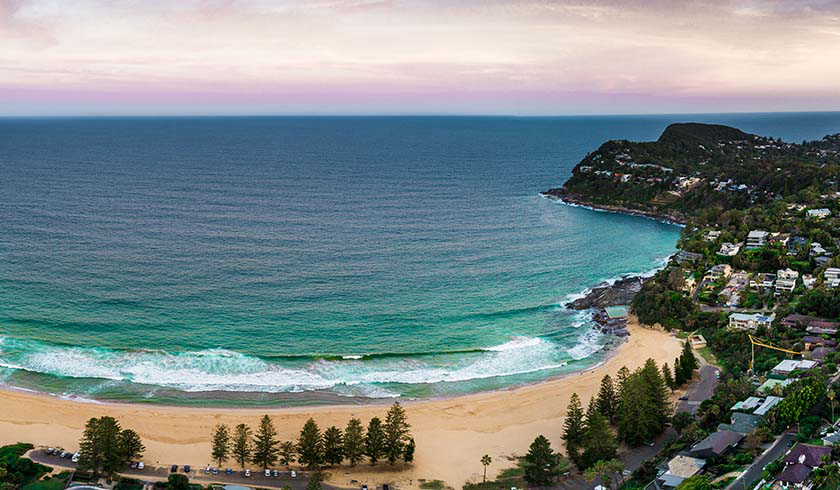Data and Information for the Northern Beaches, Sydney

This resource is brought to you by Nothern Beach based Podiatrist, Manly Cove Podiatry
If you plan on moving or setting up a business in the Northern Beaches, it is very important that you know some core information about the area. Knowing aspects such as how many people live there, what the median income is, or which neighbourhoods have the lowest crime rate will help you make rational, fact-based decisions regarding your home or your business.
Below, we will explore a few key aspects you must know about the Northern Beaches, Sydney, so continue reading to learn more.
Location
The Northern Beaches are located in New South Wales. The region stretches south to Port Jackson, north to Broken Bay, and west to Middle Harbour and is governed by the Northern Beaches Council.
The region has over 50 suburbs and stretches across 25,669 ha. It has, of course, lots of beautiful beaches, with the most notable ones being Manly Beach, Freshwater Beach, and Palm Beach. The region consists mainly of residential areas and parkland, with national parks taking up most of the land space and giving the Northern Beaches its beautiful landscapes. Because the region is surrounded by water or forest areas on all sides, the locals often refer to it as “the Peninsula”.
Population
The people that first inhabited the area were the Garigal or Caregal Aboriginals, also referred to as the Guringai Aboriginals. Now, the Northern Beaches have a population density of 10.68 people per hectare, which means the region is not extremely crowded.
In total, based on a 2020 census by the Northern Beaches Council, the Northern Beaches have a population of 274,041 people.
Climate
The New South Wales Coast, where the Northern Beaches are located, has four different seasons. Because it is closer to the ocean, temperatures are slightly cooler, with winter nights falling below 5°C. The average maximum temperature during winter is 18°C, whereas the average minimum revolves around 8°C.
During the summer, the average minimum temperature sits at 18°C, whereas the maximum reaches 28°C. There are some summer days where temperatures may exceed 35°C, but this only happens occasionally.
The fact that the Northern Beaches area does not record extremely low or high temperatures means there are no significant disruptions to the economy or social life due to climate.
Employment rate and occupation
Employment rates are high in the Northern Beaches region, which means the region has high economic success – perfect for running a good business or for finding employment. In March 2021, unemployment rates were sitting at 4,2%, suggesting that this is an affluent region with access to good jobs and a developed population.
The region has always had these high employment rates, especially among younger generations. In 2015, for example, the Northern Beaches had the lowest youth unemployment rate – 5.3% – compared to 11.4 in the Greater Sydney area.
Education
The Northern Beaches are also better positioned than Greater Sydney when it comes to education levels. Over 60% of people above the age of 15 have completed 12 years of schooling or an equivalent of this form of education.
When it comes to university attendance, it was revealed that, in 2016, 4.3% of the total population had attended any form of university. Most of them are adults in their late teens or early twenties.
The region has two international schools – one that teaches in German and the other in Japanese – so if you are planning on moving here from any of these two countries, your children can attend school in their primary language.
Transport
The main public transport choice in the Northern Beaches are buses, with major bus terminals connecting all important regions in the area. There are no rail services in the region, but given the fact that buses service the area constantly, you won’t even miss it.
Ferry services are also available for getting to the Northern Beaches, with two companies operating in the area. One ferry goes from Manly to Circular Quay in Sydney Centre, while the other runs from Palm Beach to Ettalong on the Central Coast. You can also use the ferry to get around, with services operating between Palm Beach and Great Mackerel Beach, as well as from Church Point to Scotland Islands.
Crime rate
The crime rate is very low in the Northern Beaches, with Manly Beach being the second safest suburb in Sydney. Clontarf is another region with low crime rates, but this has to do with the fact that this is a low-populated suburb mixed with parkland and reserves.